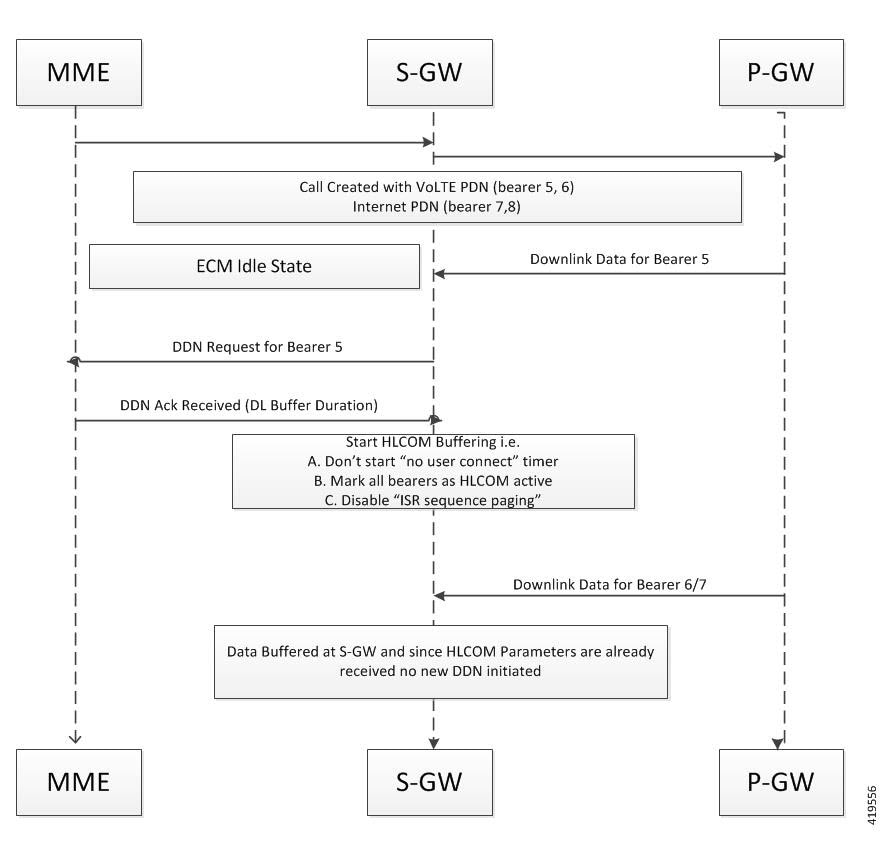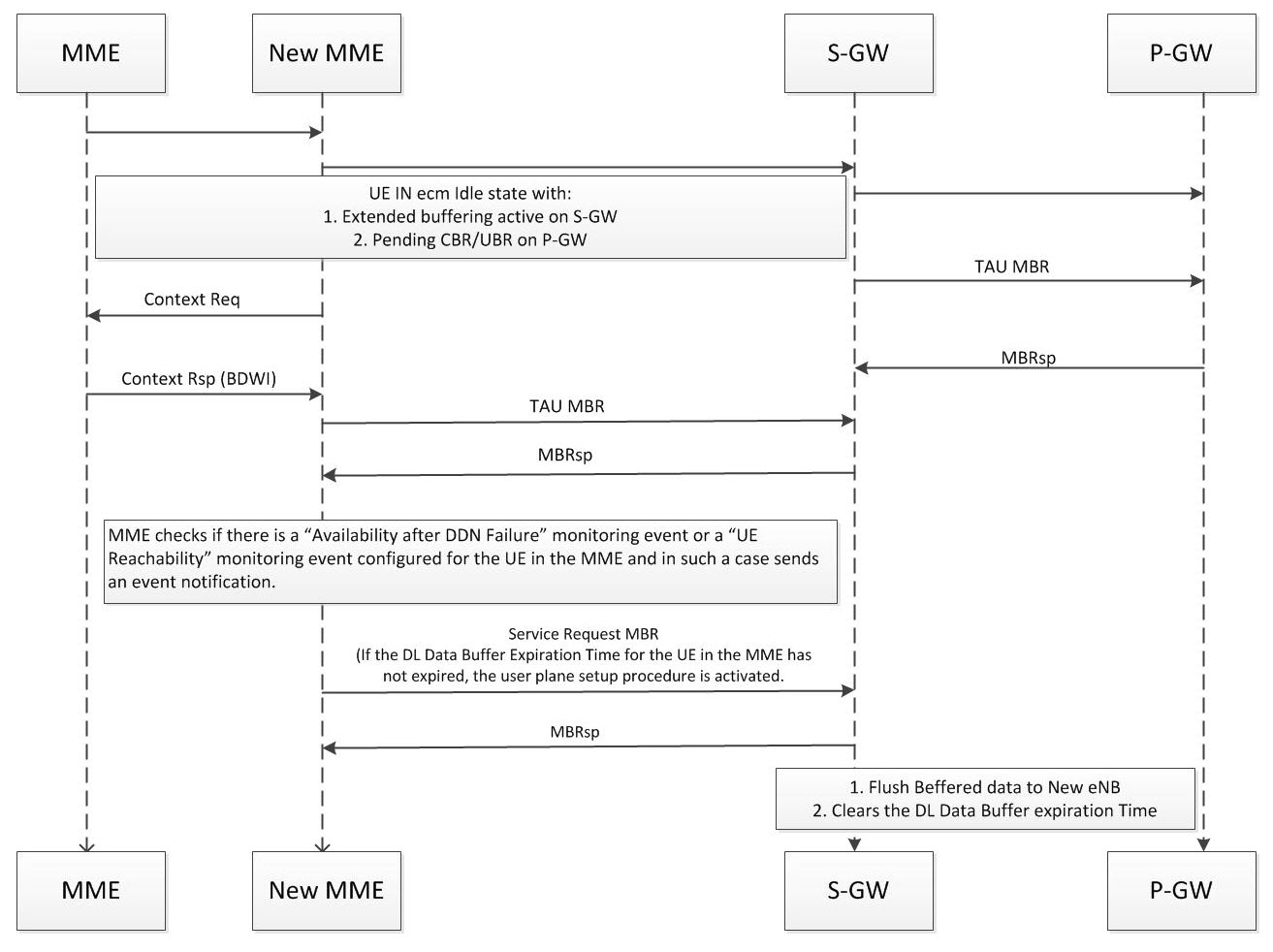Feature Summary and Revision History
Summary Data
|
Applicable Product(s) or Functional Area |
|
|
Applicable Platform(s) |
|
|
Feature Default |
Disabled - License Required |
|
Related Changes in This Release |
Not Applicable |
|
Related Documentation |
|
Revision History
|
Revision Details |
Release |
|---|---|
|
The feature is tested and qualified on the ASR 5500 platform. With this release, HLCOM support is added for SAEGW. |
21.3 |
|
First introduced (HLCOM Support on P-GW and S-GW). |
N5.1 (21.1.V0) |








 Feedback
Feedback